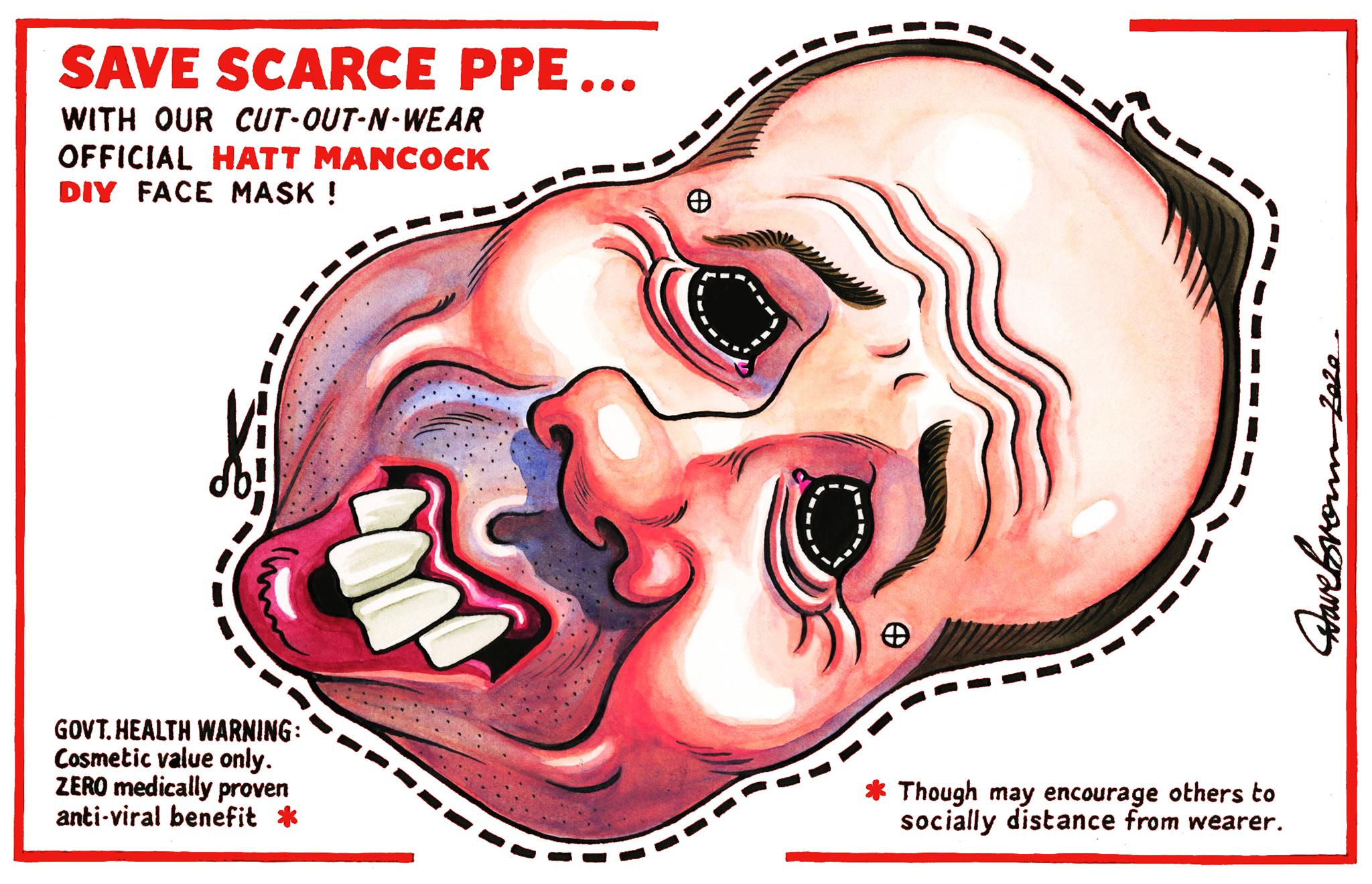If the public are to wear masks, they should know how to use them
Editorial: As the deputy chief medical officer for England points out, ineffective mask use can be more dangerous than no mask at all. If the government is to change its advice, it must first educate Britons

Given that the NHS, care workers and other key staff are suffering from intermittent severe shortages of personal protection equipment, it seems odd that the authorities are contemplating encouraging the general public to wear face masks. Except, of course, that the masks in short supply are not – or should not be – the “surgical” type. They will be, if people voluntarily adopt them, more flimsy affairs, homemade or simply repurposed scarves and bandanas.
They will, in other words, be useless against inhaling the microscopic coronavirus, which can get past most obstacles and requires a shield to protect the eyes. Yet a makeshift mask is still of value in preventing the virus being exhaled to others. This is especially valuable for asymptomatic carriers, or those in the very early pre-symptomatic stages of the disease.
Provided there is no diversion of clinical-grade masks away from frontline staff, there seems little to object to mask use. In fact, such a good idea is it for people to wear face masks that it seems something of a shame that the country has been so slow to adopt them.
The official advice until now has been dismissive, because self-isolation is so much more effective at breaking vital transmission. Yet the advice is now being reconsidered because of the pressing need to have some sort of exit strategy from lockdown – the scientific advice in fact not paramount but being balanced against economic, social and political factors – Tory backbenchers, in particular, are apparently going a little stir crazy.
If people are going to be asked to go back to work or use public transport, for example, then they should at least have some assurance that those around them are reducing the risk of spreading the disease.
Yet the official and rather negative advice on masks did have some force. A little over a month ago, the deputy chief medical officer for England, Jenny Harries, argued that the mask itself wasn’t a problem, but “behavioural issues” were. She offered a real-world example: “What tends to happen is people will have one mask. They won’t wear it all the time, they will take it off when they get home, they will put it down on a surface they haven’t cleaned.” Indeed, a mask “could actually trap the virus”. Unlike in Marvel comics, then, a mask does not make anyone invincible.
The problem is a behavioural one. It is easy to see how people wearing masks could develop a false sense of security and so begin to relax their social distancing. That in turn would push the infection rate – the famous R0 – higher again, threatening a disastrous “twin peak” on the Covid-19 graphs.
On balance, wearing a mask in the right way while maintaining social distancing should be a positive contribution to public health, but it does require a much more widespread understanding of how coronavirus works. If people are to wear masks, they must understand how to use them – and long before anyone tries on their new accessory.
Join our commenting forum
Join thought-provoking conversations, follow other Independent readers and see their replies
Comments